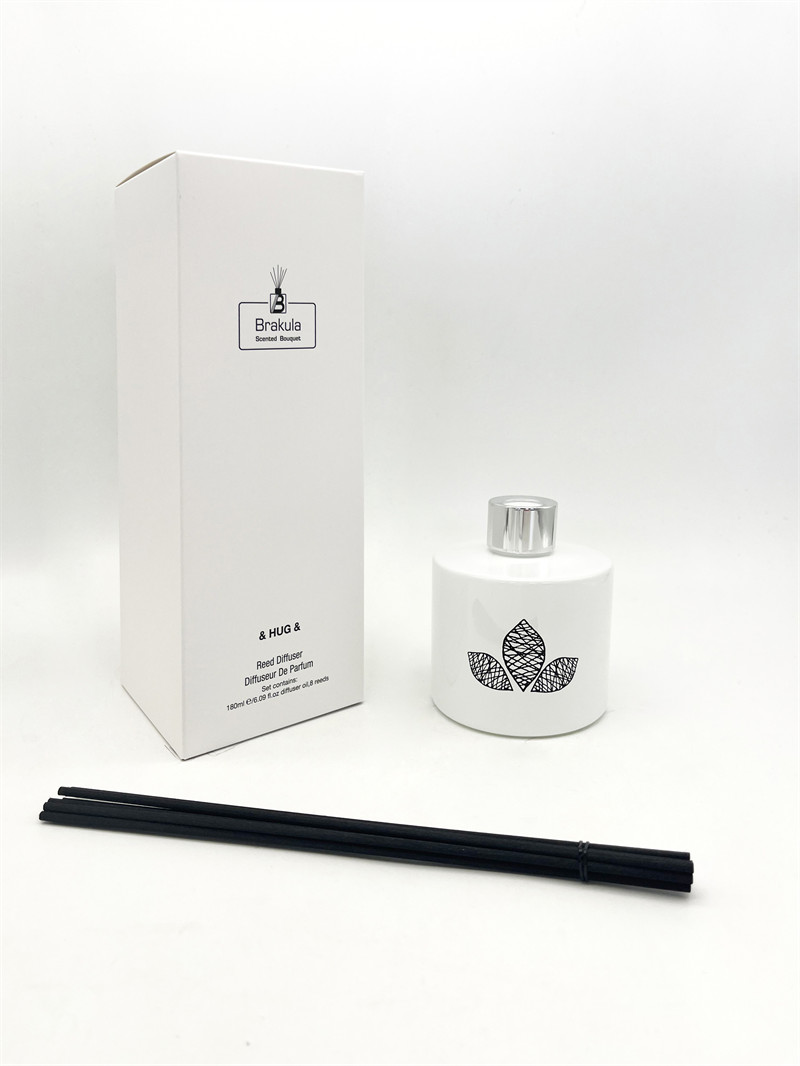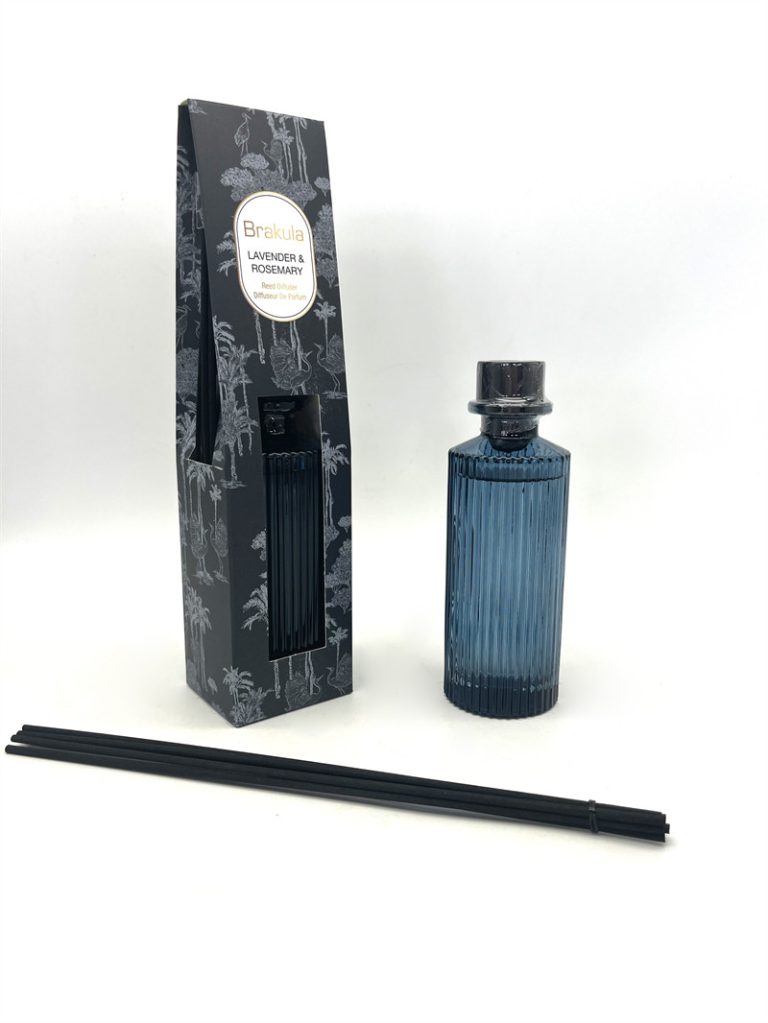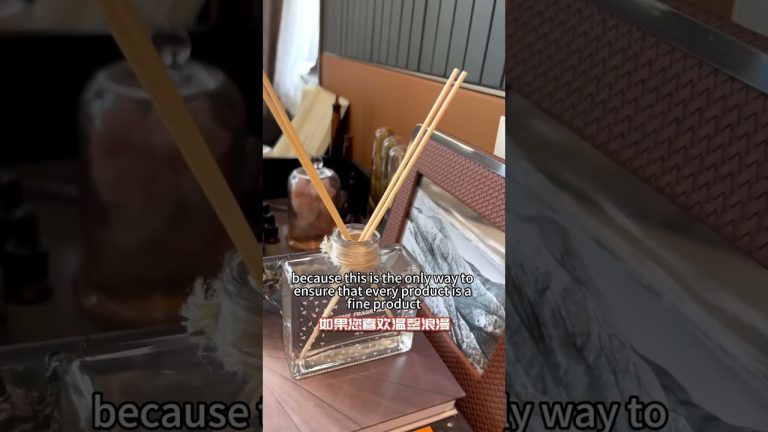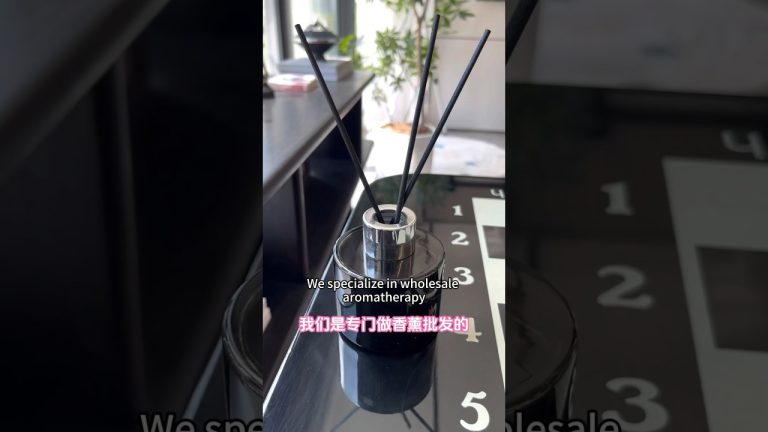Table of Contents
The Process of Extracting Essential Oils
https://reedaromalab.com/tag/good-reed-diffuser-best-chinese-suppliers
Essential oils are typically derived from various parts of plants, including leaves, flowers, stems, bark, roots, and even seeds. The extraction process is crucial as it determines the quality and potency of the resulting essential oil. There are several methods used to extract these oils, each with its unique benefits and characteristics.
One of the most common extraction techniques is steam distillation. In this method, steam is passed through plant material, causing the essential oils to vaporize. The vapor is then cooled and condensed back into liquid form, separating the essential oil from water. This process is highly effective for many types of plants and is widely used in the industry.
Another popular method is cold pressing, mainly utilized for citrus fruits like oranges and lemons. In this technique, the outer peel of the fruit is mechanically pressed to release the essential oil. This method preserves the oil’s natural aroma and properties, making it a preferred choice for many citrus oils.

The Role of Solvents in Extraction
Solvent extraction is another method employed to obtain essential oils, particularly when dealing with delicate flowers that cannot withstand high temperatures. In this process, a solvent, often a hydrocarbon like hexane, is used to dissolve the essential oil from the plant material. Once the oil is extracted, the solvent is removed, leaving behind the concentrated essential oil.
| Product | Room Diffuser |
| Material | Metal |
| Suitable for | Basement |
| Scents | Fresh Air, French Lemon |
| Capacity | Customized |
| Color | Grey |
| Origin | China Wholesaler |
| Duration | Customizeds |
This technique allows for the extraction of more complex aromatic compounds that may be lost during steam distillation. However, it is important to ensure that all solvent residues are completely eliminated, as they can affect the safety and purity of the final product.
While solvent extraction can yield high-quality essential oils, it is less common than steam distillation due to potential health concerns associated with residual solvents. Thus, many consumers prefer oils that are labeled as “steam distilled” or “cold-pressed” to avoid any unwanted chemical exposure.
Quality Control and Testing of Essential Oils
Once essential oils are extracted, rigorous quality control processes are employed to ensure their purity and potency. This often involves testing for chemical composition using gas chromatography and mass spectrometry. These tests help identify the specific constituents of the oil, ensuring that it meets industry standards and consumer expectations.
In addition to chemical testing, sensory evaluations are conducted to assess the fragrance and overall quality of the essential oils. Trained professionals sniff different batches of oil to detect any off-notes or inconsistencies that may indicate contamination or improper extraction methods.
Quality assurance is vital in the essential oil industry, as consumers rely on these products for therapeutic and aromatic purposes. By adhering to strict quality control measures, manufacturers can provide safe and effective essential oils that meet the needs of their customers.






